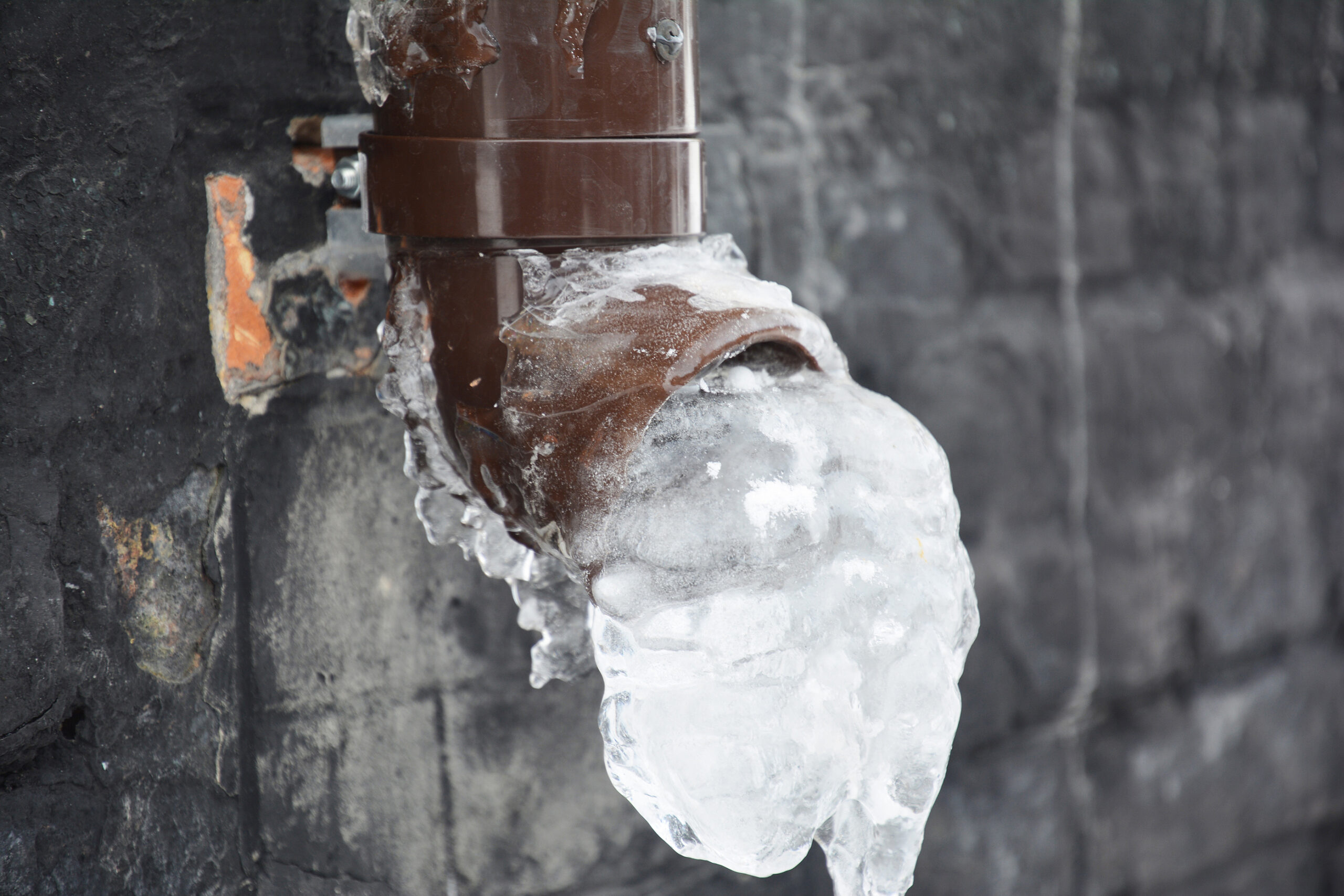Just how do you actually feel on the subject of Preventing and dealing with frozen pipes?

Cold weather can ruin your pipes, especially by freezing pipes. Here's exactly how to prevent it from occurring and what to do if it does.
Introduction
As temperature levels decrease, the threat of icy pipes rises, possibly causing costly repair services and water damage. Recognizing how to stop frozen pipes is critical for house owners in cold environments.
Recognizing Frozen Pipes
What triggers pipelines to freeze?
Pipes ice up when subjected to temperature levels listed below 32 ° F (0 ° C) for extended periods. As water inside the pipes freezes, it broadens, putting pressure on the pipeline wall surfaces and possibly creating them to burst.
Dangers and problems
Icy pipelines can lead to supply of water disruptions, residential or commercial property damages, and expensive repairs. Burst pipelines can flood homes and cause substantial architectural damages.
Signs of Frozen Pipeline
Identifying frozen pipelines early can avoid them from breaking.
Just how to identify icy pipelines
Seek lowered water circulation from taps, uncommon smells or sounds from pipes, and noticeable frost on revealed pipes.
Prevention Tips
Insulating vulnerable pipelines
Wrap pipes in insulation sleeves or utilize warmth tape to protect them from freezing temperatures. Concentrate on pipelines in unheated or exterior areas of the home.
Heating methods
Maintain indoor rooms appropriately warmed, especially areas with pipes. Open up cabinet doors to allow warm air to distribute around pipelines under sinks.
Safeguarding Outside Pipes
Yard pipes and exterior faucets
Detach and drain pipes garden pipes prior to winter. Set up frost-proof spigots or cover outside taps with shielded caps.
What to Do If Your Pipes Freeze
Immediate activities to take
If you believe icy pipelines, maintain taps open to ease stress as the ice melts. Make use of a hairdryer or towels taken in warm water to thaw pipes gradually.
Long-Term Solutions
Architectural adjustments
Consider rerouting pipelines away from outside wall surfaces or unheated areas. Add extra insulation to attic rooms, basements, and crawl spaces.
Upgrading insulation
Invest in high-quality insulation for pipelines, attics, and walls. Appropriate insulation helps keep regular temperatures and minimizes the threat of icy pipes.
Verdict
Stopping frozen pipes calls for positive procedures and quick reactions. By understanding the causes, indications, and safety nets, home owners can protect their pipes throughout winter.
6 Proven Ways to Prevent Frozen Pipes and Protect Your Home
Disconnect and Drain Garden Hoses
Before winter arrives, start by disconnecting your garden hoses and draining any remaining water. Close the shut-off valves that supply outdoor hose bibs and leave the outdoor faucet open to allow any residual water to drain. For extra protection, consider using faucet covers throughout the colder months. It’s also important to drain water from any sprinkler supply lines following the manufacturer’s directions.
Insulate Exposed Pipes
Insulating your pipes is an effective way to prevent freezing. Pipe insulation is readily available at home improvement stores and is relatively inexpensive. Pay close attention to pipes in unheated areas such as the attic, basement, crawl spaces, or garage. Apply foam insulation generously to create a buffer against the cold. You can also wrap your pipes in heat tape or thermostat-controlled heat cables for added warmth.
Seal Air Leaks
Inspect your home for any cracks or openings that could let in cold air. Seal any holes around the piping in interior or exterior walls, as well as the sill plates where your home rests on its foundation. Additionally, make sure to keep your garage door closed unless you’re entering or exiting. Leaving it open creates a significant air leak that can lead to frozen pipes.
Allow Warm Air Circulation
During cold snaps, it’s essential to allow warm air to circulate evenly throughout your home. Leave interior doors ajar to promote better airflow. Open kitchen and bathroom cabinets to help distribute heat consistently around the rooms. If you have small children or pets, be sure to remove any household chemicals or potentially harmful cleaners from open cabinets for safety.
Let Faucets Drip
A small trickle of water can make a big difference in preventing ice formation inside your pipes. When temperatures drop significantly, start a drip of water from all faucets served by exposed pipes. This continuous flow helps prevent the water from freezing. Additionally, running a few faucets slightly can relieve pressure inside the pipes, reducing the chances of a rupture if the water inside does freeze.
https://choateshvac.com/6-proven-ways-to-prevent-frozen-pipes-and-protect-your-home/

I recently found that blog entry about Winter Plumbing Precautions: Preventing Frozen Pipes when surfing around the web. Are you aware of another person who is very much interested in the niche? Why not promote it. Thanks so much for taking the time to read it.
Go Services